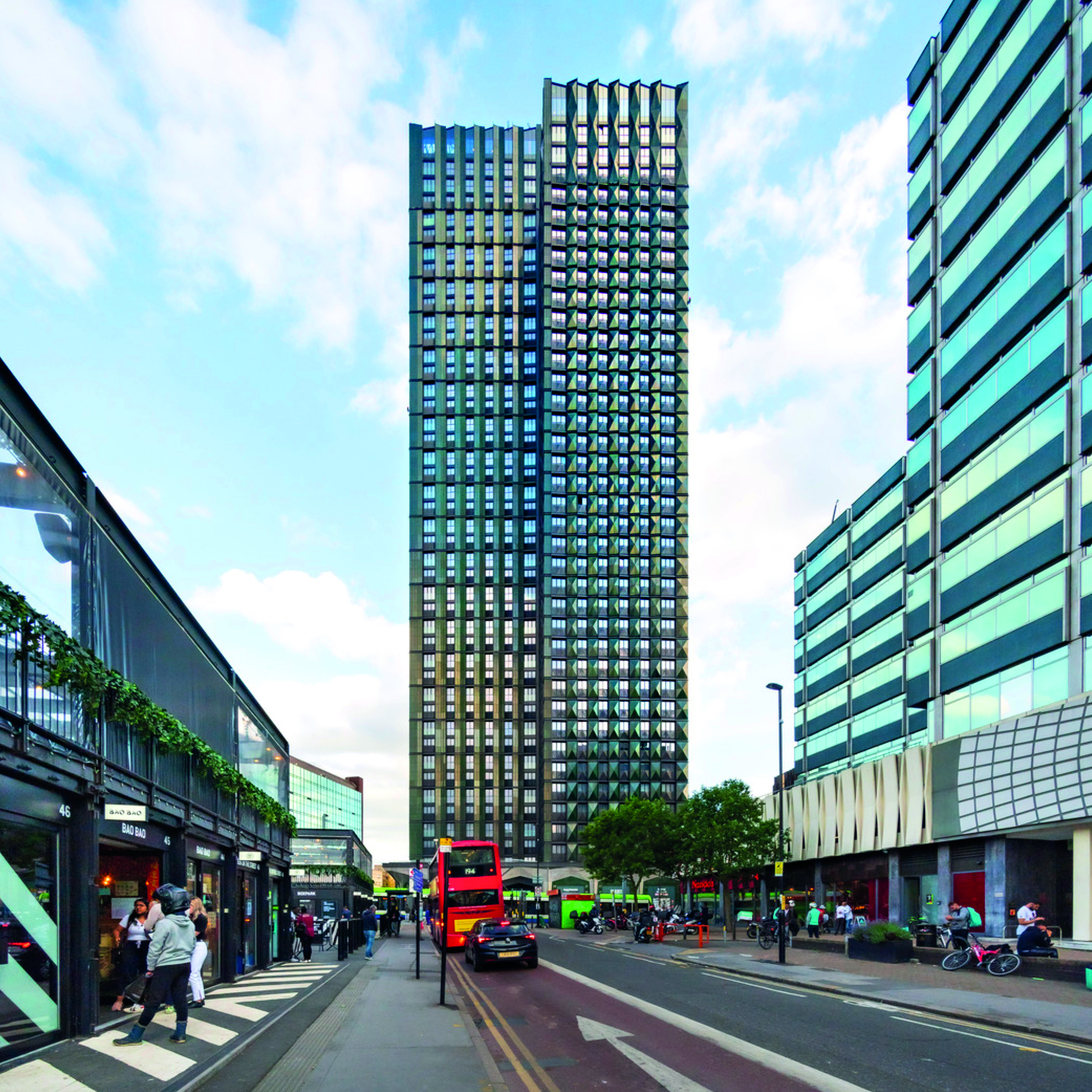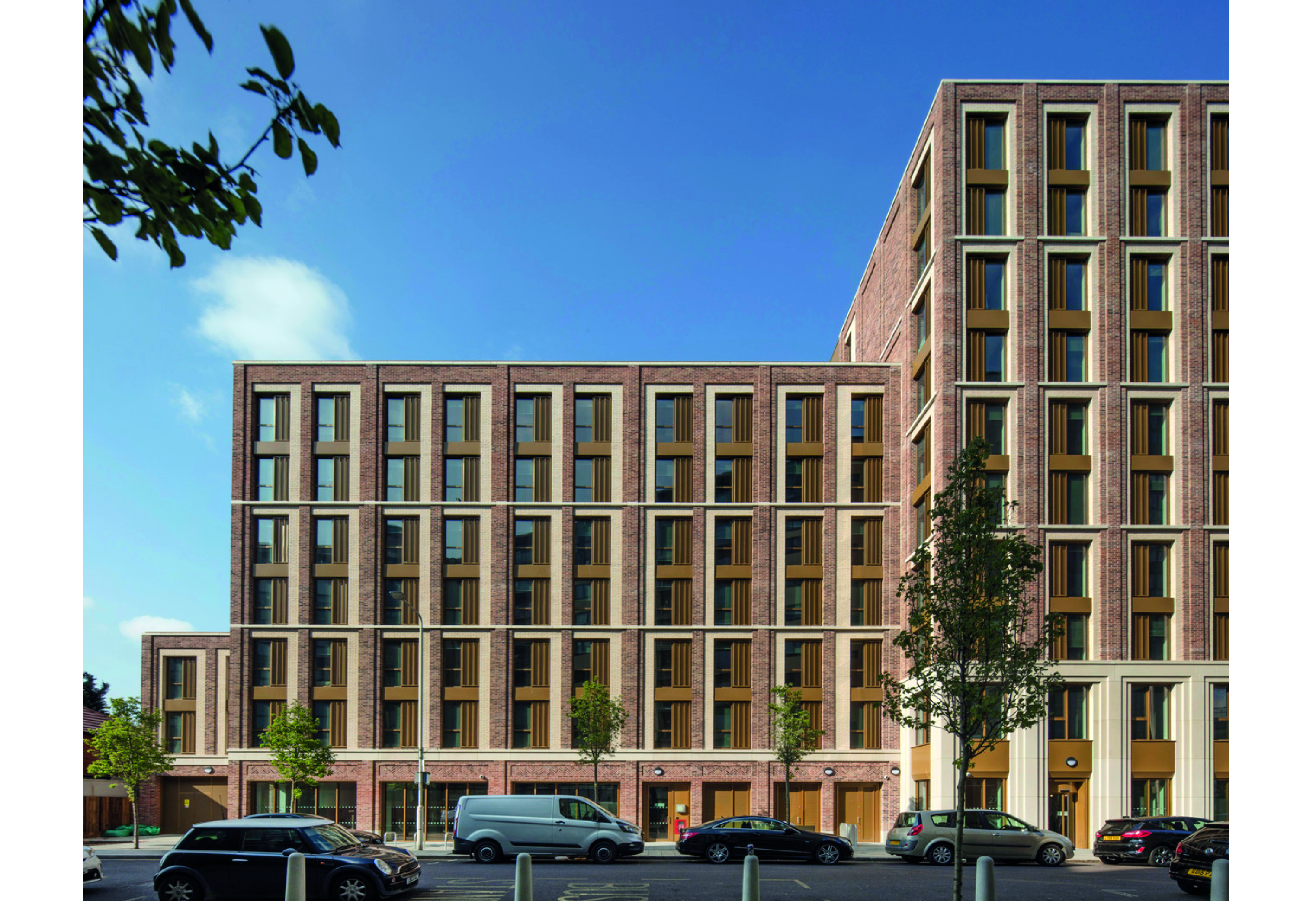Modular Construction Cuts Carbon Emissions, academic study finds.
Construction using volumetric modular systems can cut carbon emissions than traditional methods of building homes, according to a new study by academics from the University of Cambridge and Edinburgh Napier University.
A study found that two modular housing schemes designed by HTA Design, 44 and 38-storey Ten Degrees towers in Croydon - the world’s tallest completed modular scheme - and The Valentine, a 10-storey student accommodation block in Redbridge, consisting of a total of nearly 900 homes, saved a combined 28,000 tonnes of carbon. Both were built by Tide Construction and Vision Modular Systems in 2020.
Rory Bergin, Partner for Sustainable Futures, HTA Design, said: “Modular is the future of housebuilding. Two of the biggest challenges our country faces are tackling the climate crisis and the acute shortage of housing. This research shows that only through modular construction, which can deliver low carbon homes quickly and at scale, do we have any chance of meeting both these challenges together.
“Building modular homes is quicker, safer, more reliable and more environmentally friendly than traditional housing construction methods. Crucially, Ten Degrees and The Valentine are of the highest possible design quality, meaning Tide Construction and HTA Design are helping to solve the housing crisis by building new homes that people want to live in.”
Rory Bergin and Nick Hilland, ESG lead from Tide Construction will be speaking during the Footprint Plus conference on 8th June discussing why MMC delivers massive carbon savings compared to a traditional build, and why this is important for investors, developers and occupiers?











